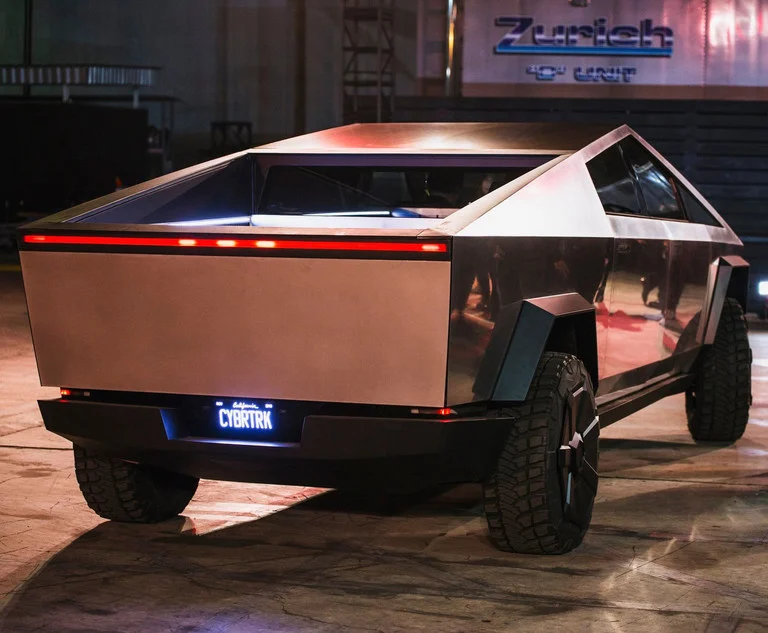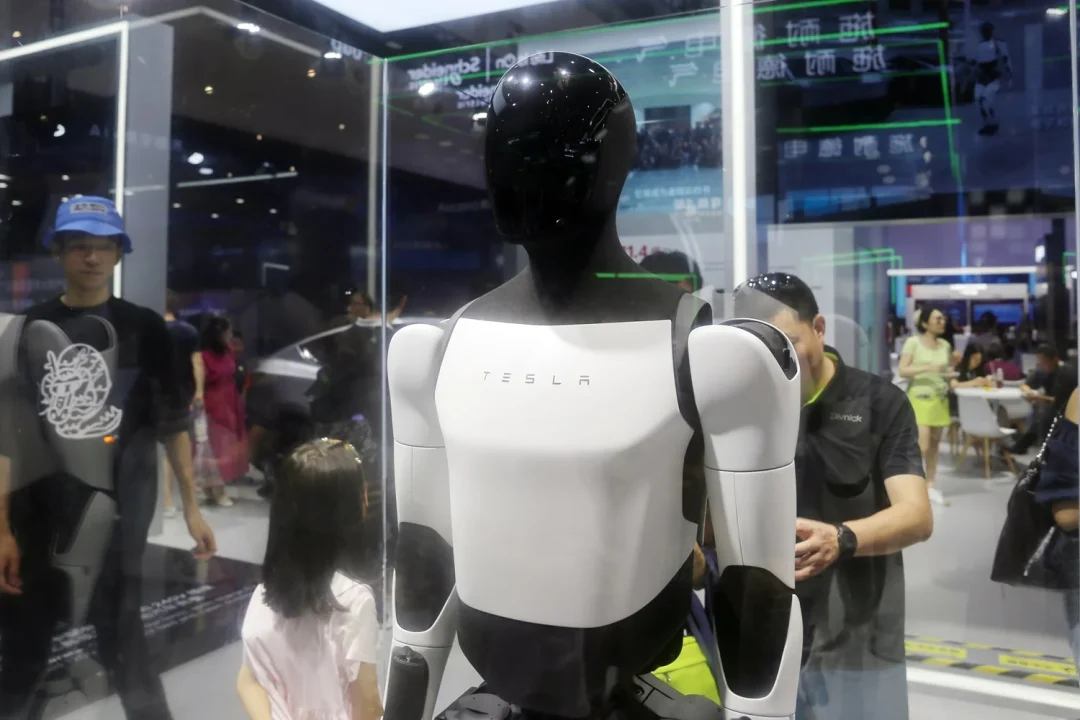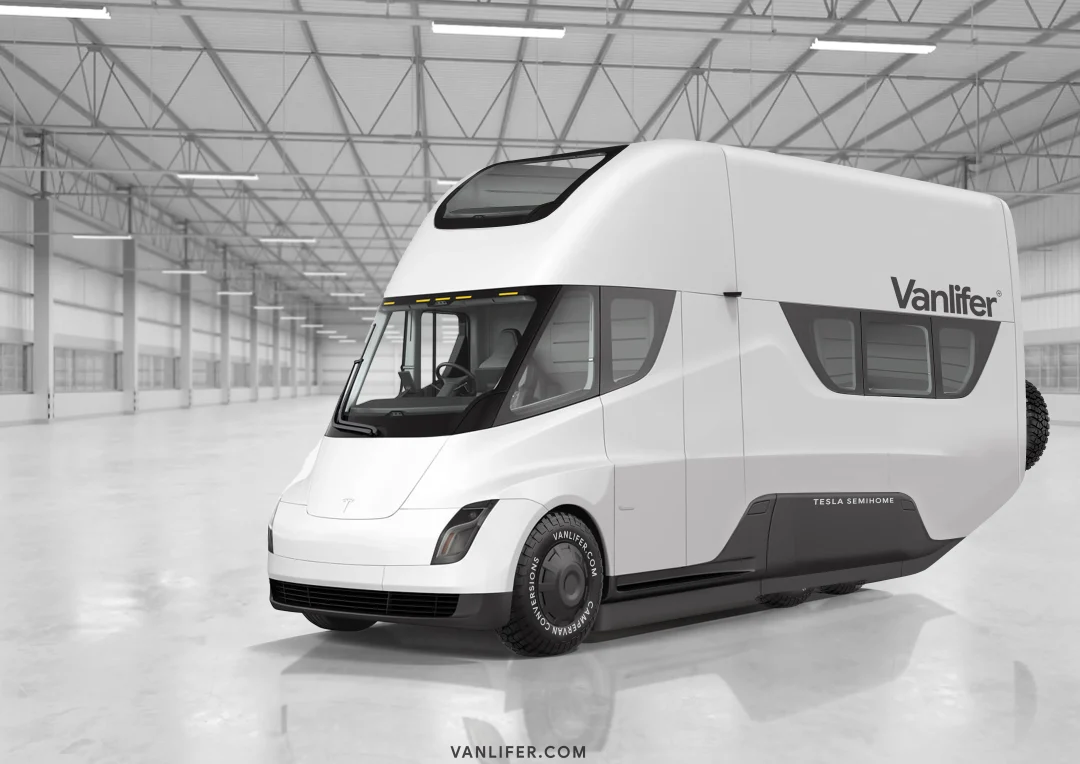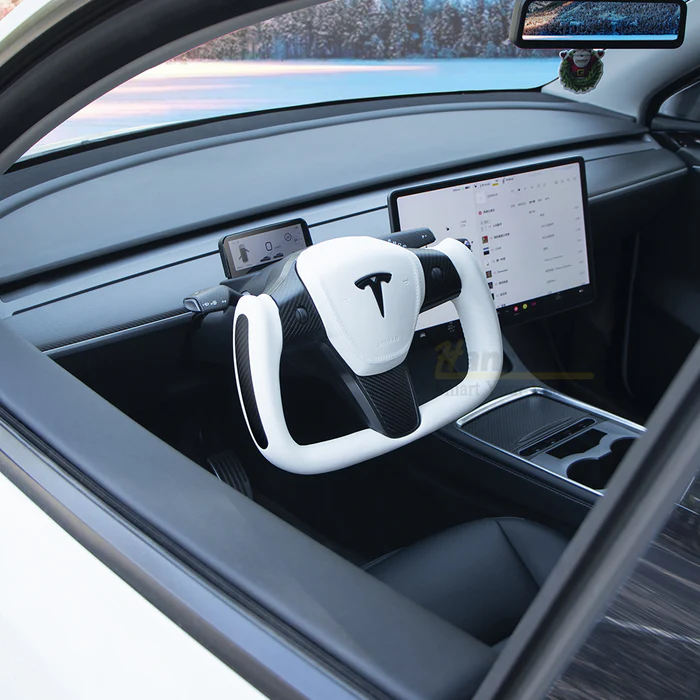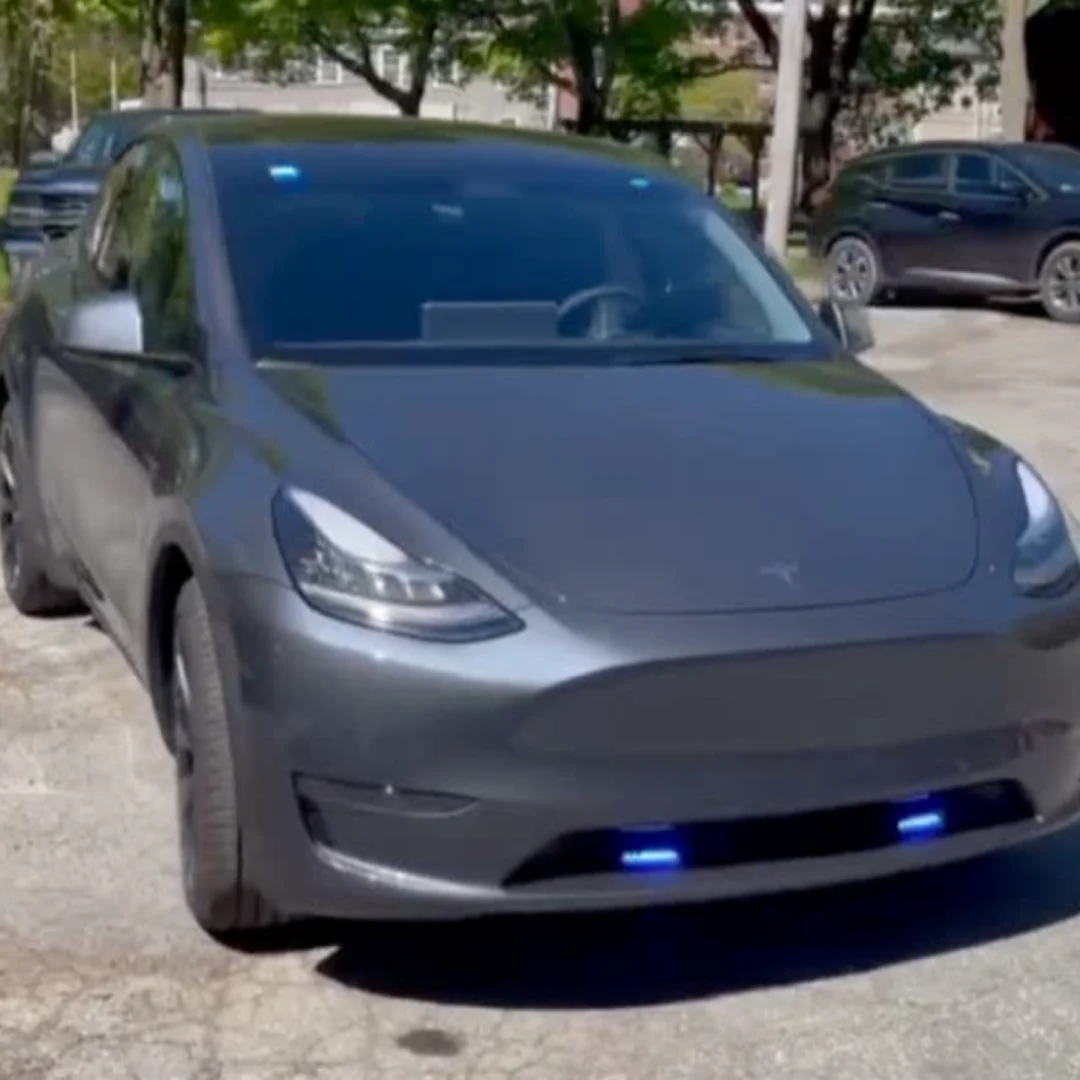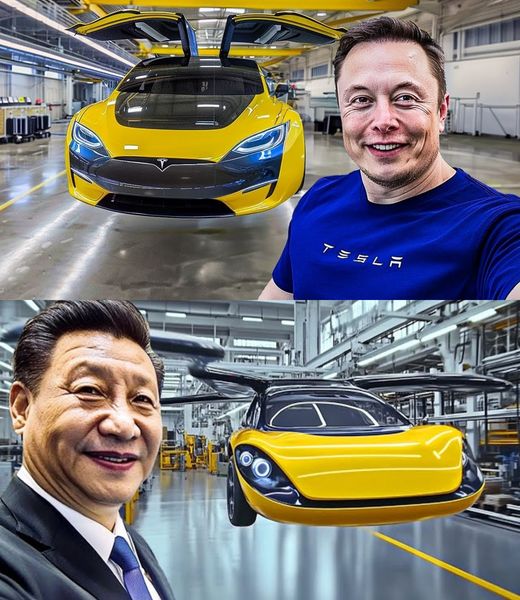“Will we actually be able to achieve volume production on July 1 next year? Of course not,” Musk said of the all-electric Tesla Model 3 during a Tesla earnings call.

At the official unveiling of the Tesla Model 3 in California last month, CEO Elon Musk was bullish about the date the car would go on sale. “I do feel fairly confident that it will be next year,” Musk said, referring to a promised delivery date of late 2017—and slyly referencing the frequent and multiple delays that have plagued every Tesla product so far.
Well, if bad news comes in threes, here’s the bad news for Model 3 hopefuls: On a Tesla earnings call this week, Musk revealed that he already expects to overshoot the planned first day of Model 3 production, July 1, 2017.

“The date we are setting with suppliers to get to a volume production capability with the Model 3 is July 1 next year,” Musk said on the Q1 2016 earnings call this week. “Now, will we actually be able to achieve volume production on July 1 next year? Of course not.”
Musk blames this predicted setback on, well, the fact that it’s hard to build something as complex as an automobile. “The reason is that even if 99 percent of the internally produced items and supplier items are available on July 1, we still cannot produce the car because you cannot produce a car that is missing one percent of its components,” Musk explained, helpfully.
The CEO described the July 1 2017 production date as a deadline meant to get internal and external suppliers revved up for Model 3 production, with anyone missing the deadline subject to penalties. “So the reality is that the volume production will then be some number of months later as we solve the supply chain and internal production issues.”

This strangely transparent explanation of automaker supply chain headaches is just one of many signs that Tesla Motors might be having trouble keeping up with its ambitious CEO Musk’s outrageous growth daydreams. Tesla plans to deliver up to 90,000 cars this year, which would be its highest annual production number ever—but according to the Q1 2016 shareholder’s letter, Musk wants to boost that annual output to 500,000 by 2018, and double it to one million cars a year by 2020.
As Bertel Schmitt points out at Forbes, that’s a guffaw-inducing ambition: Toyota, the world’s largest producer of automobiles, budgeted four years and $1 billion to build a new facility in Mexico to add 200,000 vehicles to its annual output. The only factory Tesla currently operates has a theoretical maximum output of 500,000 cars a year, and the automaker hasn’t revealed any plans to purchase or build a second facility at this time.

Meanwhile, Tesla has lost two of its top manufacturing heads, and quality control issues with the newly-introduced Model X are so severe, Musk is quite literally sleeping in the factory to monitor production.
Has reality finally caught up with Musk and his Tesla dream? We may have to wait until July of 2017 to know for sure.

